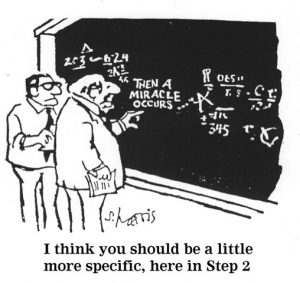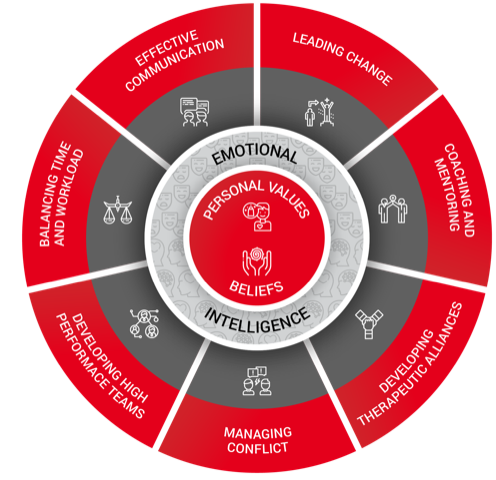What are the characteristics of the best leader you have ever worked for? Was it your ability to inspire hope and enthusiasm? Could it have been his talent to build trust in others? Perhaps it was her ability to ensure a sense of belonging to the team. Which of these characteristics do you embody today? Which of these properties do you want to have?
When it comes to leadership development, it is often difficult to figure out where to start and where to go. The leadership development industry bombards us with books, podcasts, TED lectures, courses, and catchy phrases that all seem very interesting but can sometimes be overwhelming. How does a new leader progress to become a better leader? What is the best approach? Leadership development is not simply a collection of seemingly useful, but randomly selected leadership resources that are sporadically examined in the hope of achieving leadership effectiveness.

Sustainable leadership effectiveness requires a more holistic, systematic approach. Consider the parallels between leadership effectiveness and functional performance. A physical therapist who works with a competitive athlete is likely to ensure that the individual has created a stable core or inner foundation before moving on to more complex and challenging distal activities to avoid injury and optimize performance. Similarly, leadership effectiveness depends on developing a solid leadership foundation (core), and on this stable foundation, more complex practical leadership skills can be successfully developed. The Rehab Leadership Framework begins with a focus on an “inward” leadership foundation that consists of key elements that determine who you are as a person and how you show yourself in challenging situations. This leadership core consists of personal values, beliefs and emotional intelligence. Once this foundation is in place, practical leadership skills can be developed. The seven practical leadership skills at the outer edge of the rehab leadership framework can be mapped to a variety of more complex and specific skills that effective leaders have.

It can often be tempting to perform the leadership development process in reverse and to avoid these prickly and sometimes uncomfortable inner qualities and immediately move on to the more visible and seemingly necessary leadership qualities. This approach rarely leads to sustained leadership effectiveness. For example, learning coaching or even becoming a coach without self-confidence, impulse control and empathy (elements of emotional intelligence) is unlikely to lead to a satisfactory coaching experience for everyone involved. It has been shown time and again that the best way to become effective is to focus on the inner self (personal values, beliefs and emotional intelligence) and then systematically focus on challenging and more complex practical leadership skills.
To learn more about the Rehab Leadership Framework, make sure you access the full Rehab Leadership curriculum on PhysioPlus.